I promise this isn’t a typical vacation post gushing on and on about my recent trip (there will be some though). In a previous post I made, I described that I had some plans coming up that I would be talking about. Part of that is my recent departure from my previous employer, but the main thing I was referring to was my vacation to the beautiful, yet slightly mysterious, state of Maine!
I took the trip there with my family. Their reason for going to Maine was so that they could do some family research by visiting some graveyards, going to the county office for official records, and finding additional information in local libraries. I am not really an expert when it comes to genealogy, but from what I understand, there are just some important records that have not been digitized yet.
When the time came to pack for the trip, my family made sure to bring extra notebooks and their laptops to do some real, boots-on-the-ground, research. As for myself, I filled my luggage with my Zoom H4N and my studio headphones. This trip was going to be a great opportunity to capture unique sounds for my sound library!
Why Record Sounds On A Vacation?
Maine is known for, among other things, its beaches and oceans. Because of this, I was mainly interested in capturing ocean and nature sounds. You might be asking yourself, “Alex, there are so many ocean sound FX libraries out there. Can’t you just download or pay for them online and just call it a day?” To that, I say that these are valid points, but there are a few reasons why I wanted to record these sounds for myself:
- It’s just fun to record okay? I don’t tell you how to have fun on your vacation!
- The most important reason is that these records will be unique to the time and place in which I myself have recorded them.
To further expand on the second point, back in my school days, I had a teaching assistant explain it best in an audio recording class. A group of people can, for example, record the same sound, but it won’t be exactly the same waveform when recorded in the real world. There can be slight variations in the equipment used (even on the same equipment), slight variations in where exactly the microphone is placed (even using a ruler, there will be microscopic differences), and even the sound producing object can vary slightly. The sound can sound the same to our ears, but it will always be a unique copy that you have recorded yourself at that specific time.
Because of this, if I am able to record ocean sounds, especially in unique locations, I should take the opportunity to do so. These sounds will be unique to my personal library of sound FX and will be useful in my future game sound design projects. I am not opposed to using sound FX libraries to fill in gaps because there are certain things I won’t be able to record myself at this stage in my career (for example, going to a foreign country to record things). So to put it simply, if I can record it, I will, otherwise I will use other people’s sounds in a pinch.
With all that being said, it was time to pack our things, take the train to Maine, and record!
Fun Times
After a few delays on our train, and a race through New York, we were able to make our way to our landing point in Glen Cove, Maine. The area around Rockland and Camden was beautiful. Here are some pictures of some areas. To be honest, I should’ve taken more pictures, but I was mainly enjoying the moment.
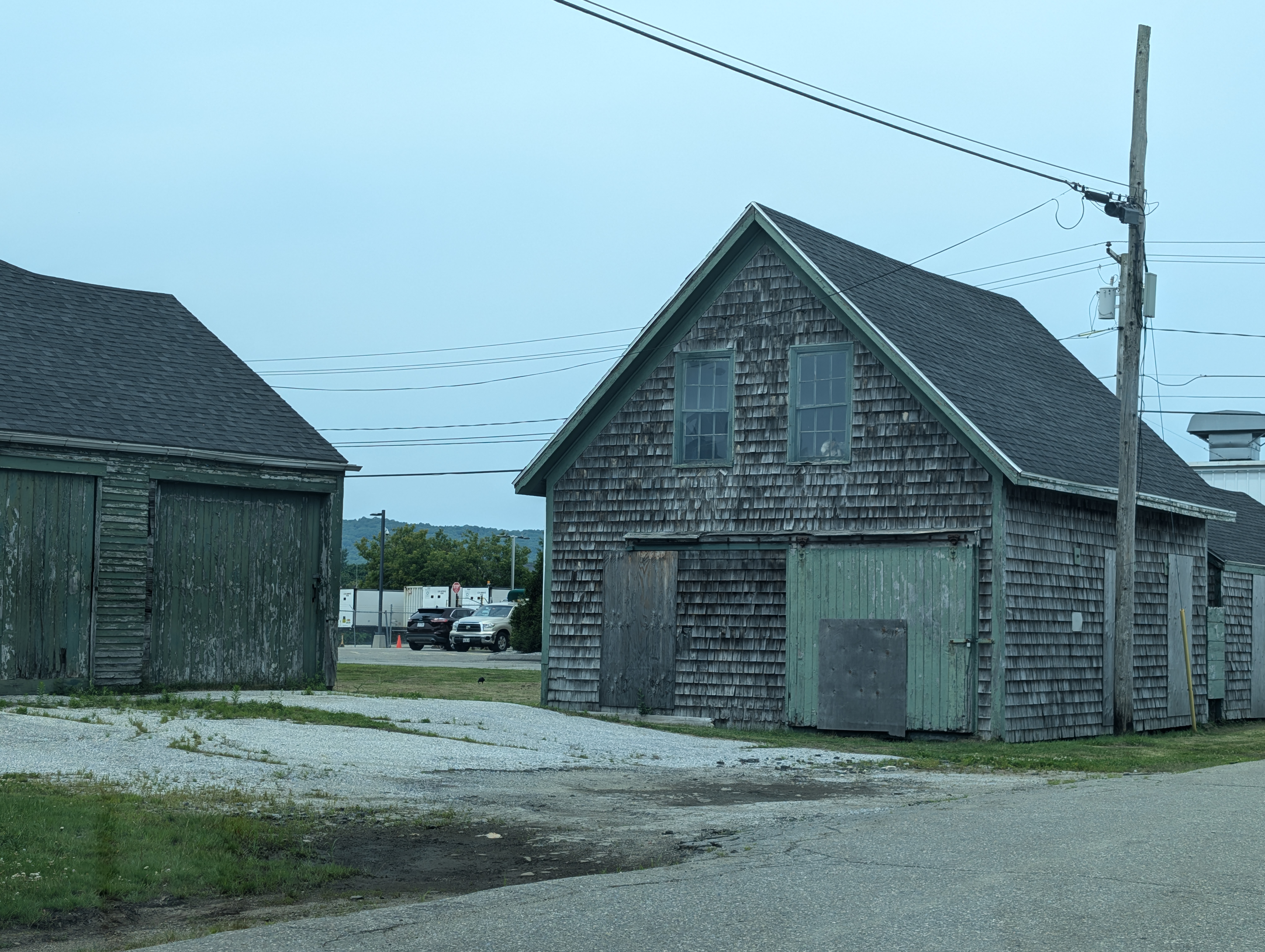


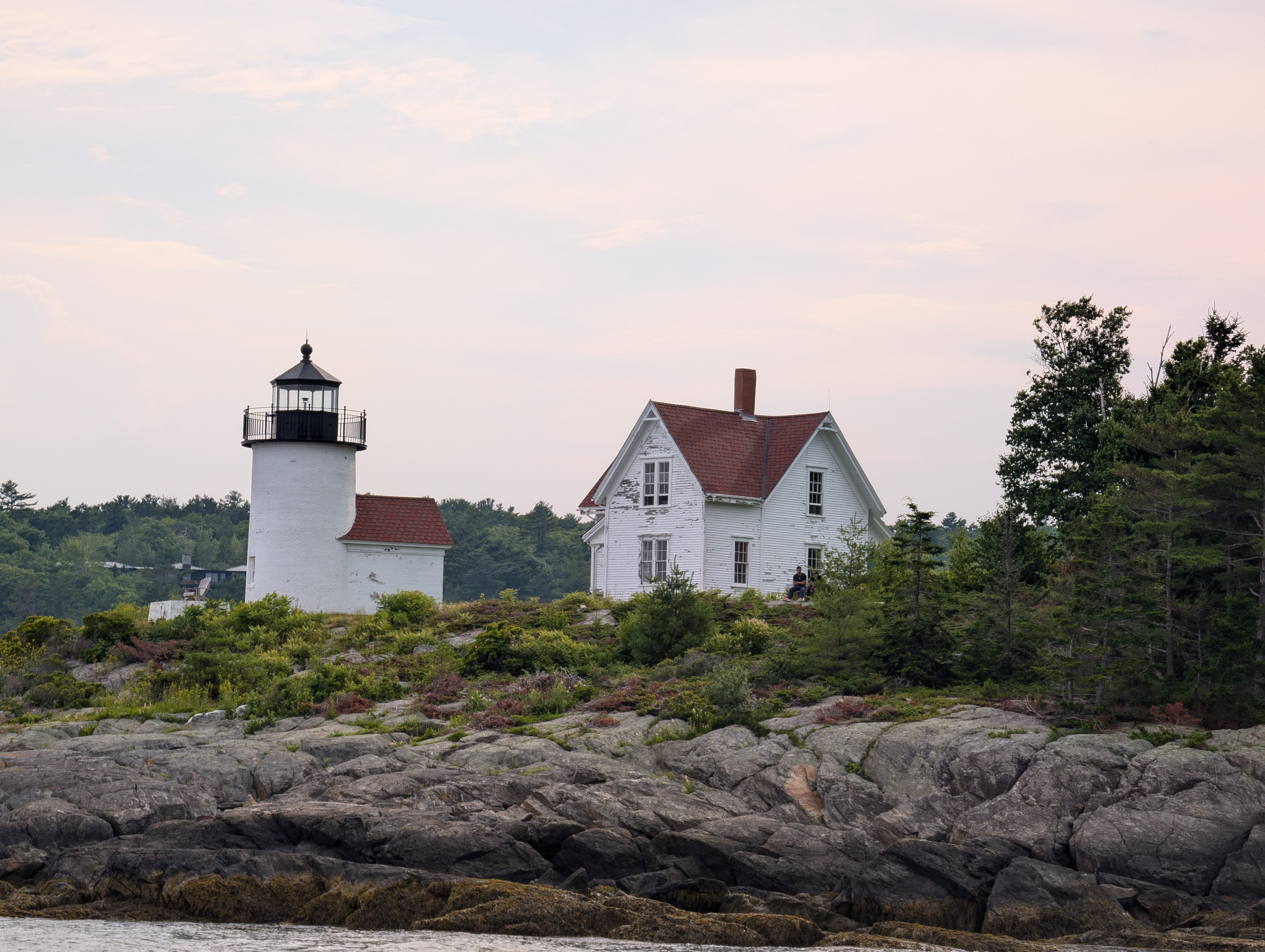
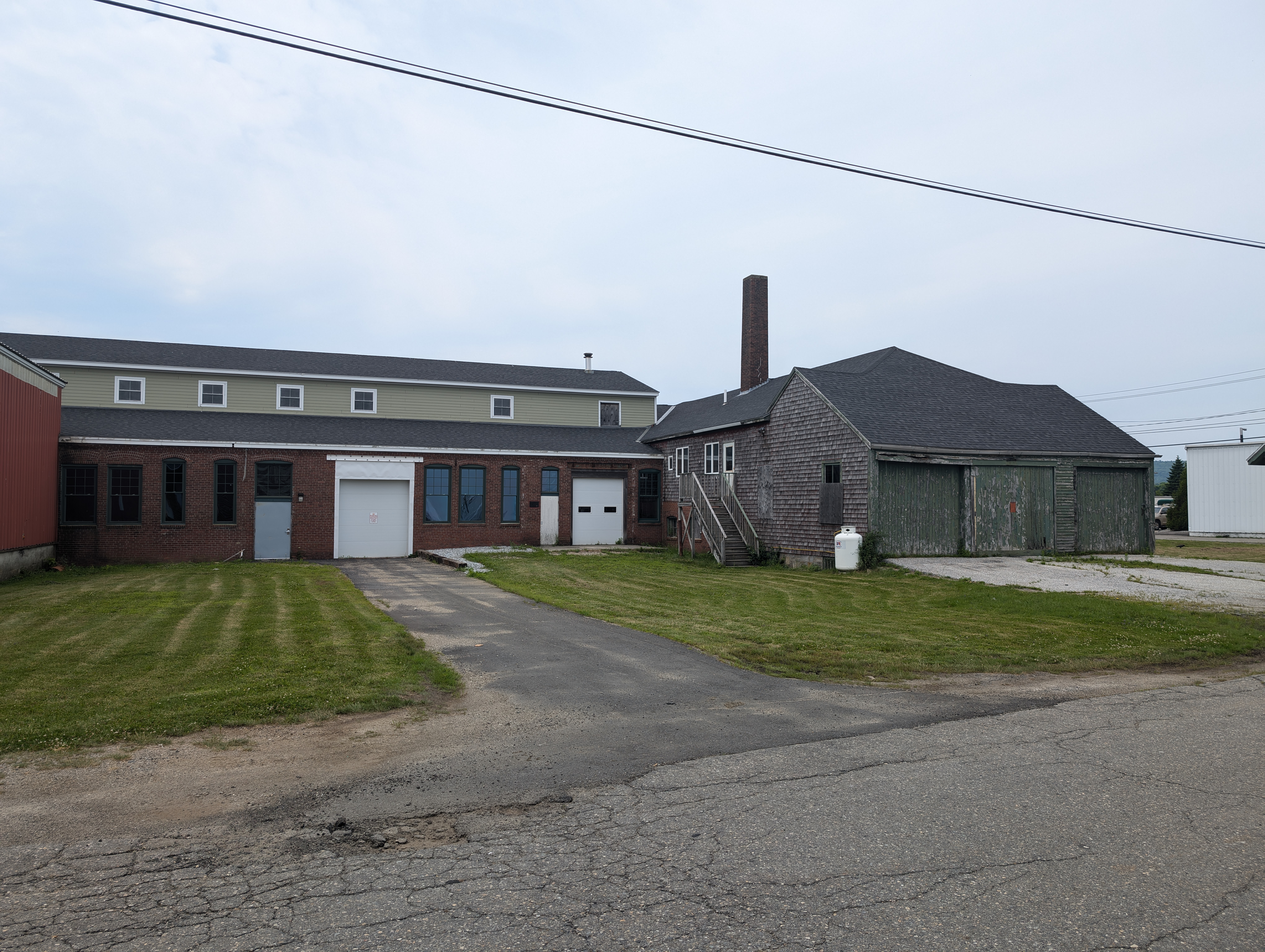

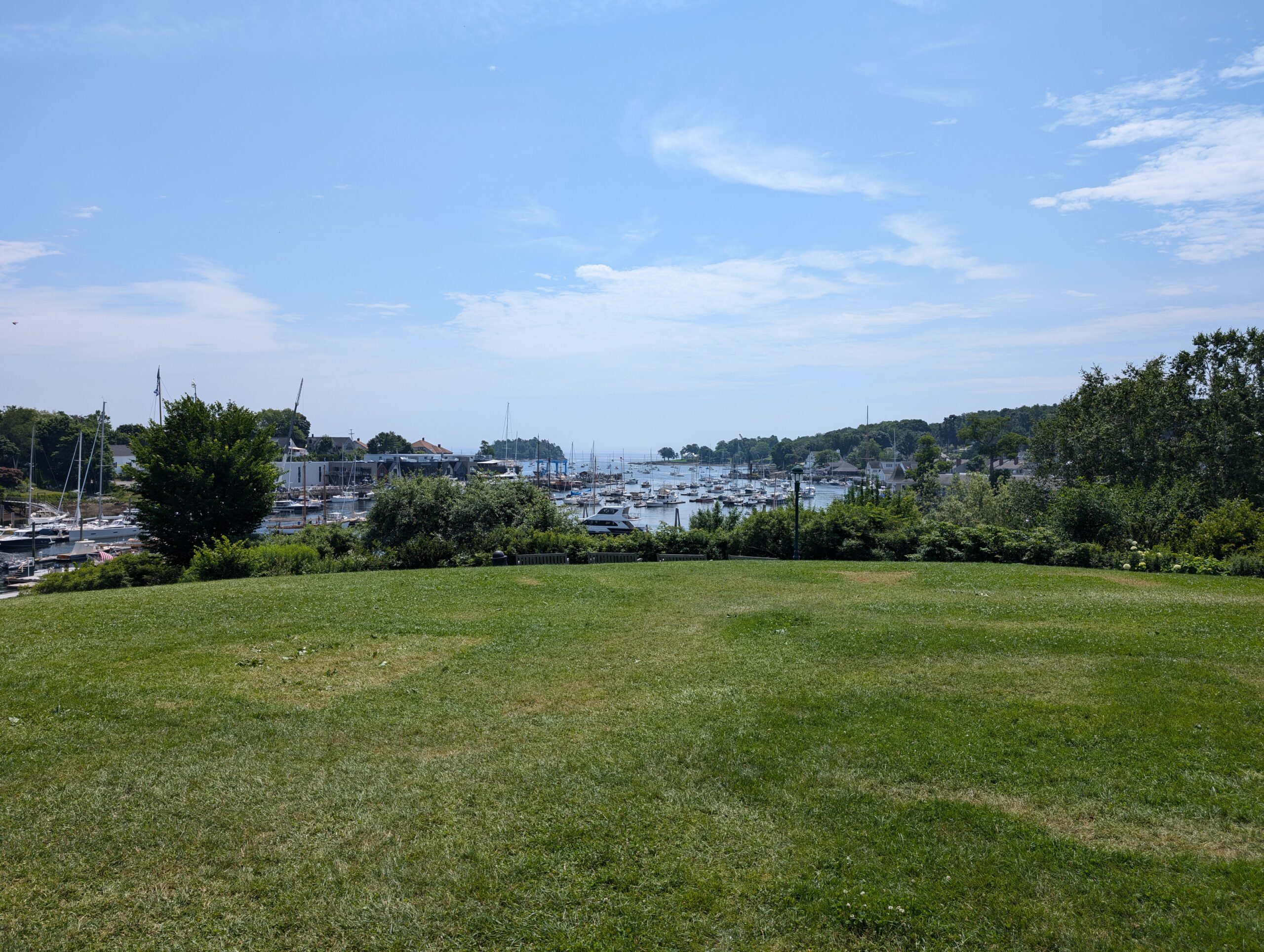
I talked earlier in this post about Maine’s oceans, but they are also known for seafood. I took advantage of this by eating as much seafood as I could. A fact about me is that I am a total fried food junkie, so I practically ate as much fish and chips as I possibly could. I did take a break from it and tried lobster for the first time (not a fan, tasted like rubber).
I could go on about the trip, but I want to keep the vacation gushing to a minimum. Not only that, but I mainly want to talk about sound recording. The last thing I want to say about the trip is that I will cherish the time I was able to spend with my family on this trip. Here are some special photos I was able to take with my dad and I while riding the Schooner Olad
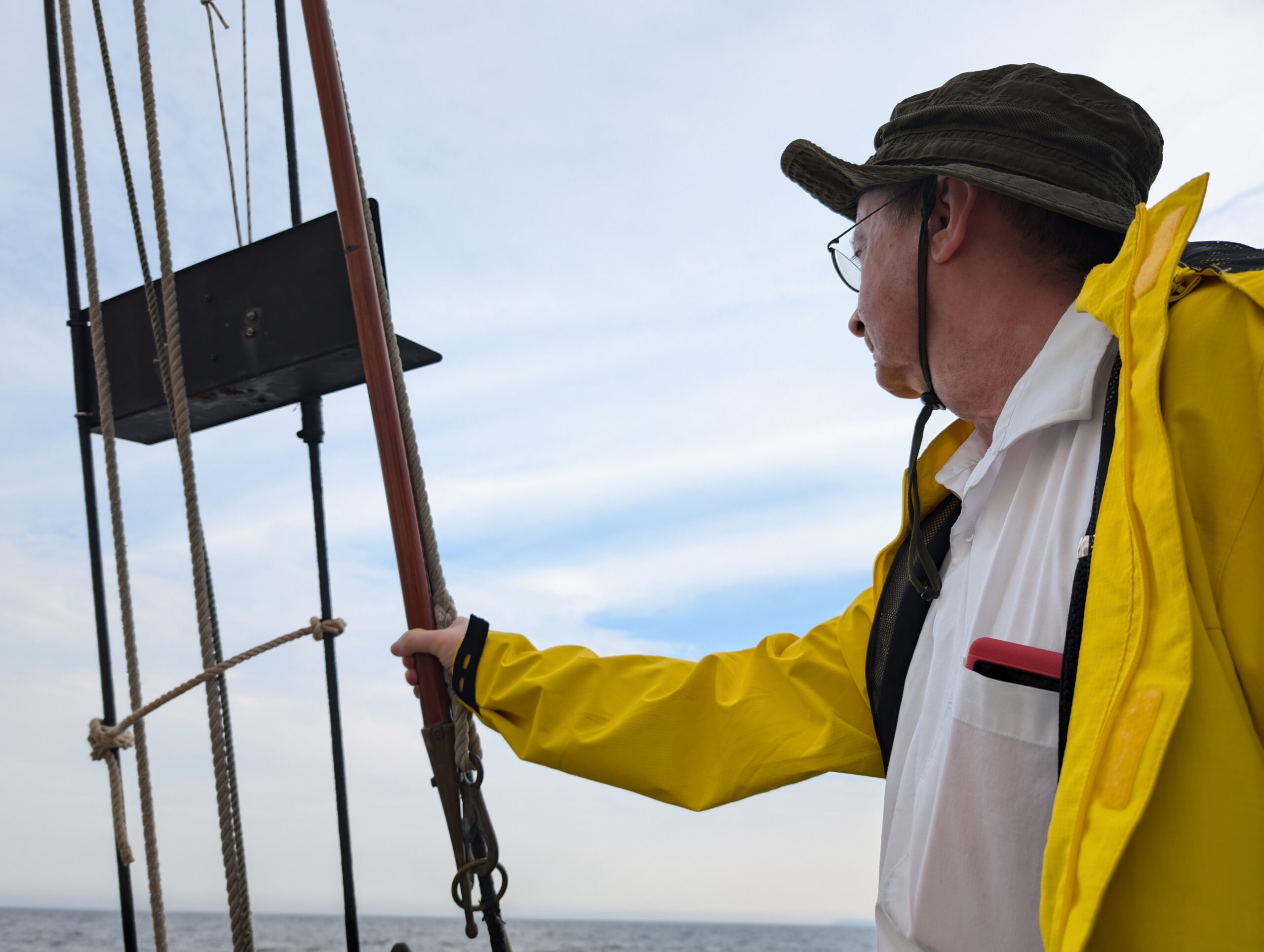
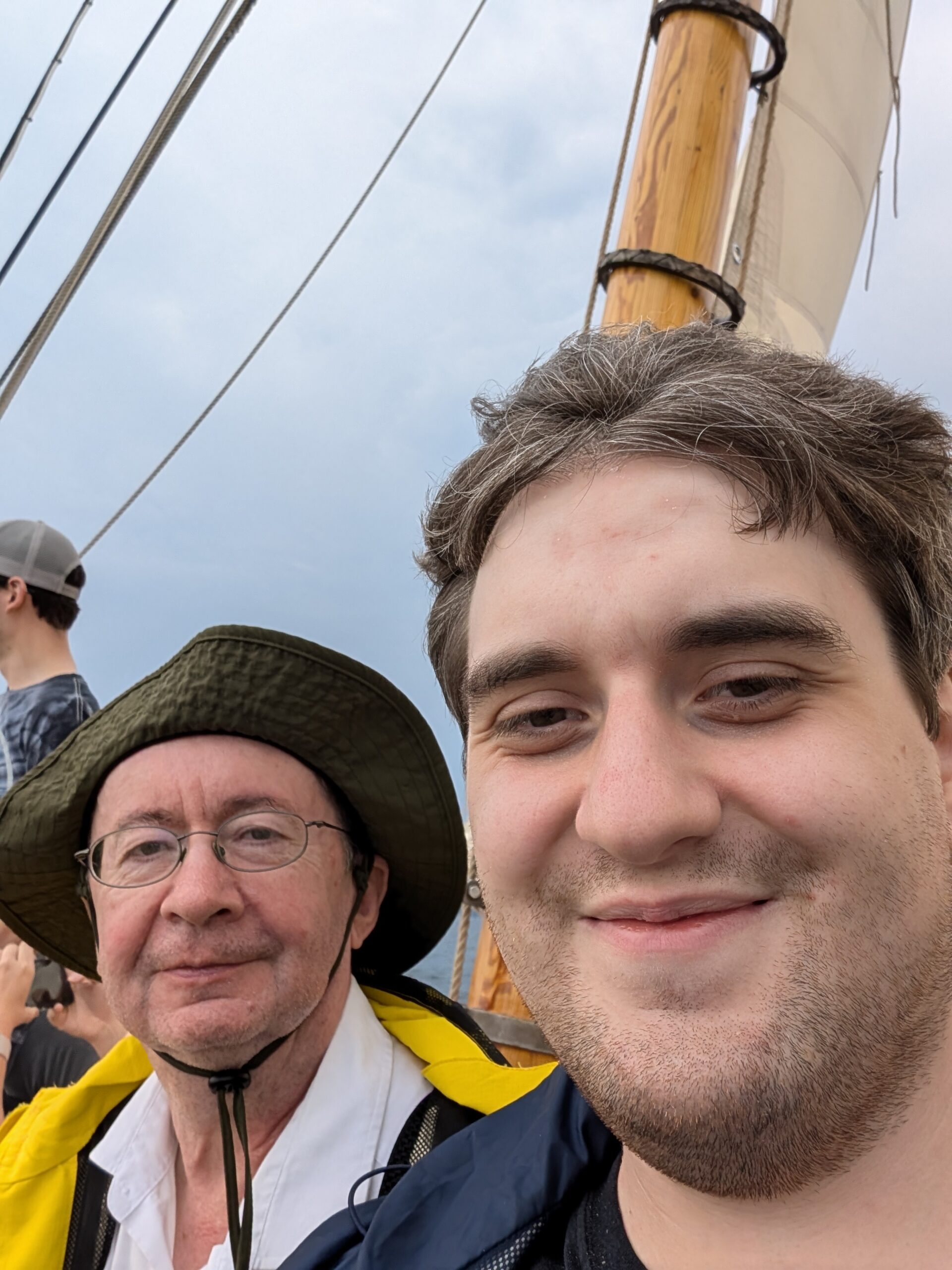
Down to Business
As mentioned, the main focus of my recording process in Maine is to record various nature sounds. Our party went to a few graveyards first for family research. Personally, I find it very difficult to take photos, let alone record sounds, while in the graveyard. I ain’t afraid of no ghosts, as they say, but it’s more of a respect thing. I cringe whenever I see influencers online try to make a big production on whatever it is they are doing on sites that should be treated with respect, such as graveyards.
With that being said, graveyards are a great place for certain sounds away from a town, such as wind, trees rustling, birdsong, and insects. I did end up recording sounds while we visited these graveyards, but with a big caveat that I would stick to areas outside or around the site. Then I would point the microphone away from the burial sites. This, in my mind, would allow me to get the sounds I wanted, while respecting those who were laid to rest.
After visiting various graveyards, we were able to spend some time enjoying the coast. I was able to capture some sounds of waves crashing in, as well as general boat dock sounds. Since I went to a public beach, I did capture some sounds I did not want, such as children playing. I will go over a little later how I am cleaning it up. For now, enjoy the views I was able to capture of the recording session.
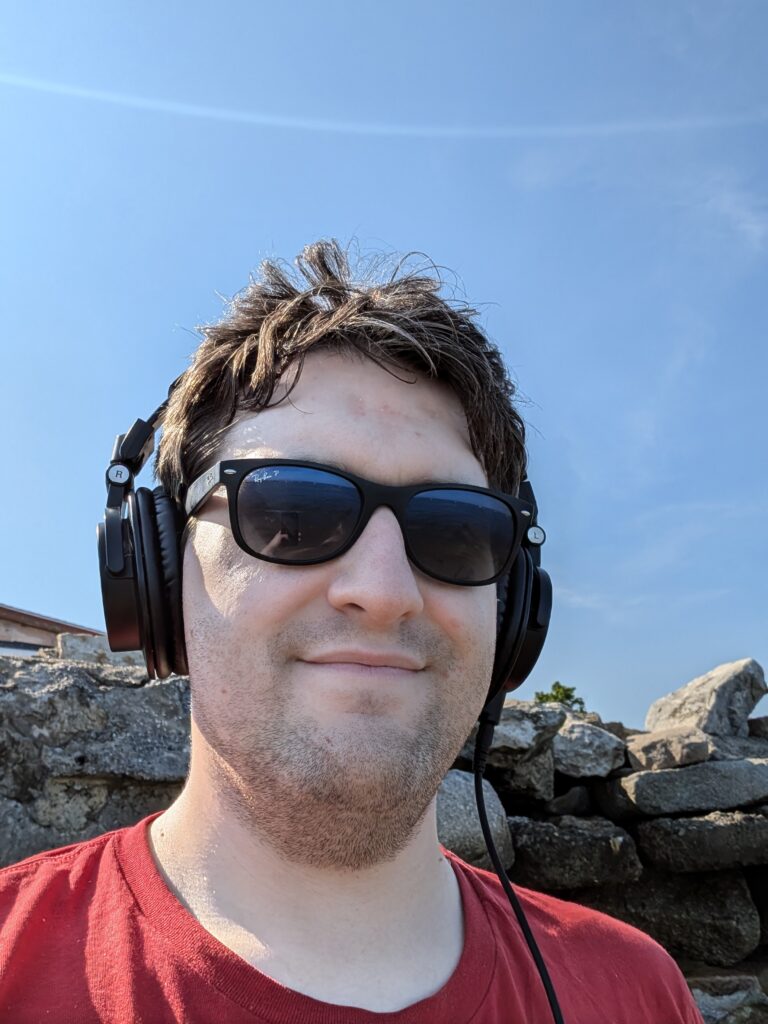
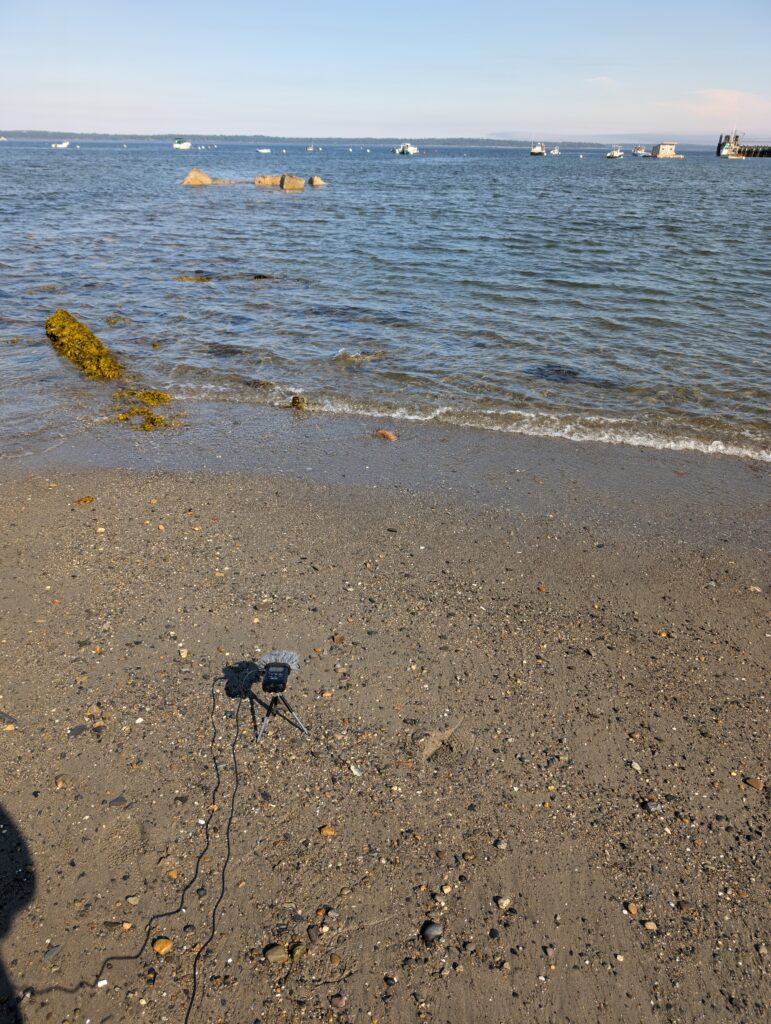
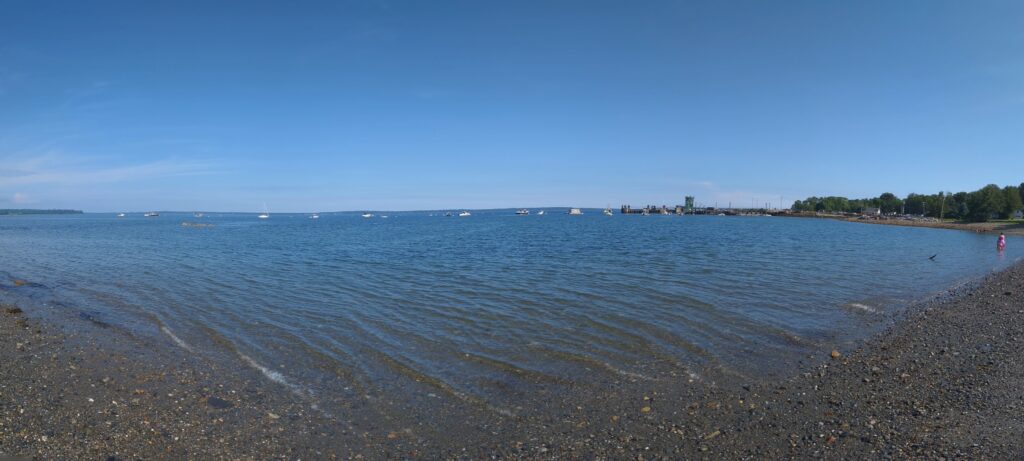
Some of the most interesting sounds I have captured while attempting to capture these ocean sounds came from the Camden Breakwater Lighthouse. Here are some photos of the beautiful lighthouse and how treacherous it was to get there. Seriously, It was a pretty difficult hike, especially with the slippery rocks and gaps in the path. I was fortunate I was carrying light recording equipment, otherwise I probably would’ve fallen into the ocean.




Once I made it to the lighthouse, I was able to set up my equipment in a less traveled area and just enjoyed capturing the sounds. I also tried to experiment a little and captured both in 90 degree and 120 degree stereo. It was during this recording session that I was able to capture some amazing wave sizzle sounds, that almost ruined my recorder because the water came dangerously close to it.
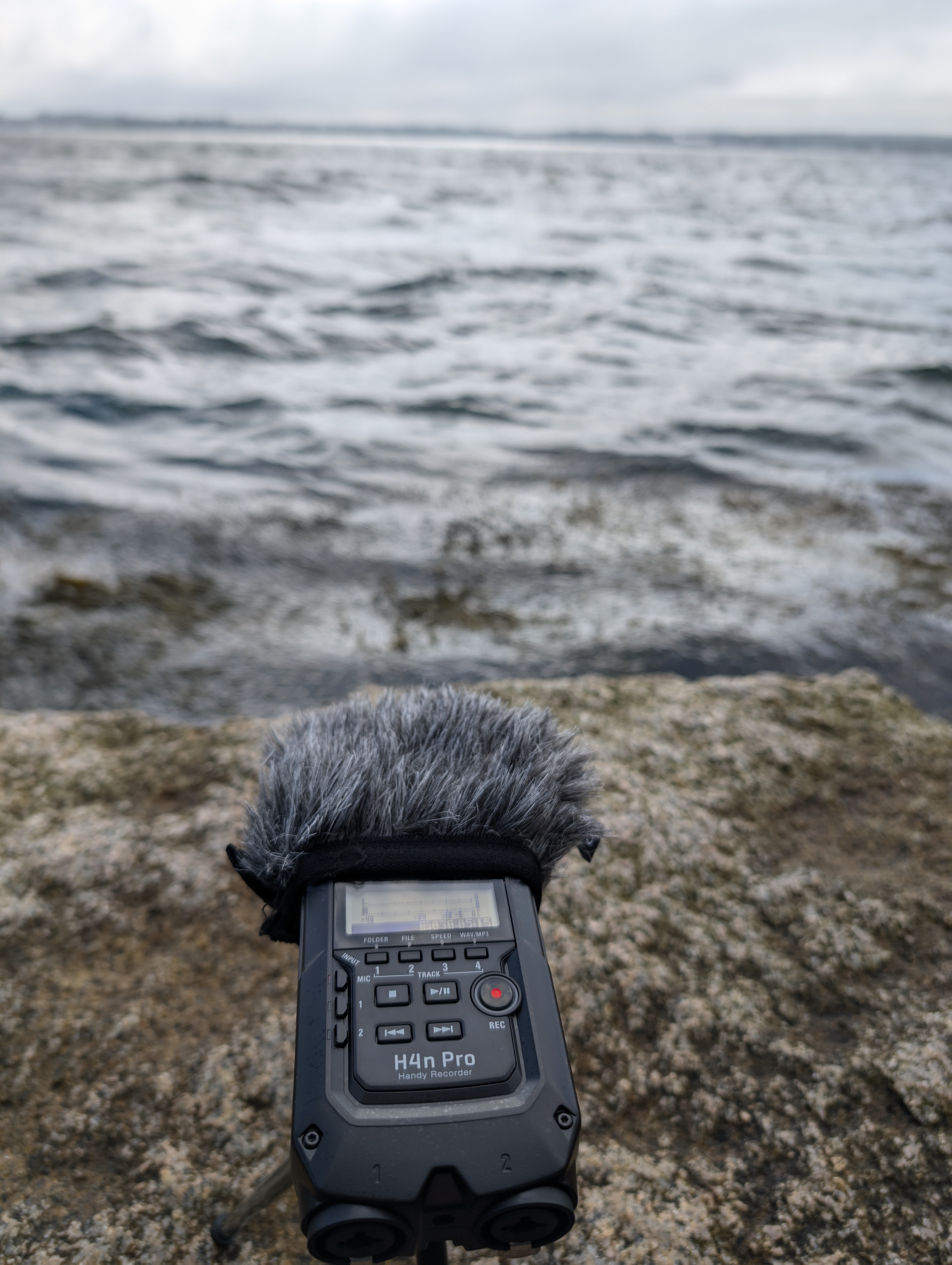
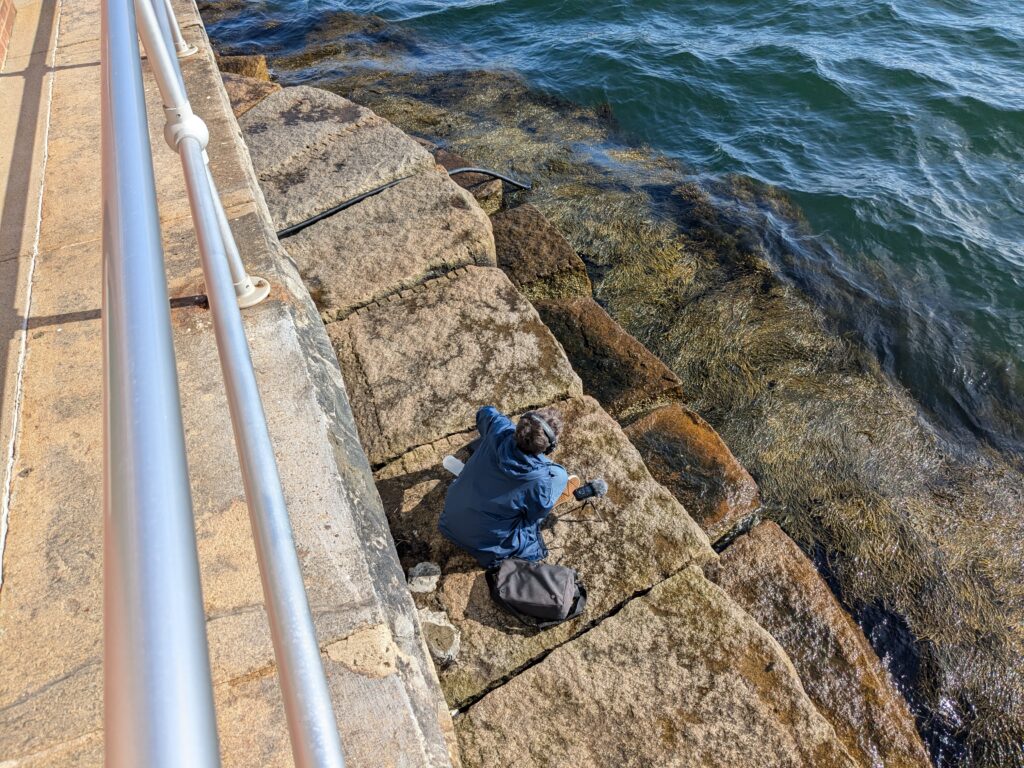

I was also able to capture sounds from this ship. It was sort of like a constant alarm bell sound. I do admit that, at first, I was mad that this sound was ruining my nature sounds. I quickly realized, though, that this was a happy accident because the alarm sound was pretty cool. Besides, I could isolate it later as another SFX file. I would not have been able to capture this sound otherwise if I were not in Maine.
Where To Go From Here
Pretty much, after capturing the sounds from the lighthouse, it was time for me to pack my things and head back to the dull reality. I’m sure all of us know the feeling when our break comes to a close.
With these captured sound files, I can now edit and clean them up. Fortunately, last year, I was able to get the Izotope RX software at a discount. I just got finished reading the manual for the software, cover to cover, and it really is quite amazing what this software can do. The spectrogram editing on this is some of the best I’ve ever used. You can see in this screenshot that I can actually isolate the unwanted sounds in my recording and process them. In this case, this is when I was on the public beach and heard the sounds of children playing bleeding into the recording (highlighted by the circles).
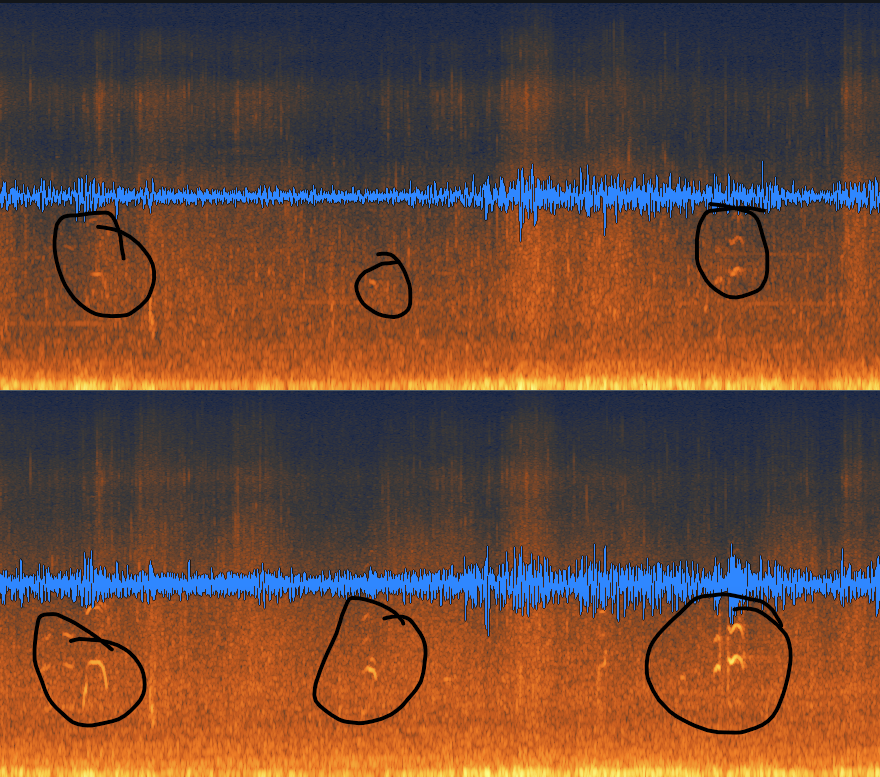
What I’ve been doing in this recording is using the “pattern” tool in the spectrogram repair tool. The pattern function basically takes data from a surrounding highlighted area and fills it in. I like to think of it, for example, as copying a cloud in an image in Photoshop and pasting it in another part of the sky. Since this recording is mostly white noise, doing this sort of pattern copy/paste sounds seamless and no one will notice the difference. I am still blown away by how well this all works!
Right now, I am still processing and editing all of my sound files. After that I will be adding in all the metadata and safely storing them in my sound library. My library is not that big yet, but the plan is to slowly grow my collection of sounds so that I have a toolkit of sounds to pull from for my future projects. I hope in the coming weeks I can share some of it with you. This is a small, yet vital step towards my path to becoming a sound designer, and I hope you will continue to follow my journey as I continue to work on various projects. Thank you so much for taking the time to visit Maine through my eyes and ears. I hope to see you again in the future!
Leave a Reply